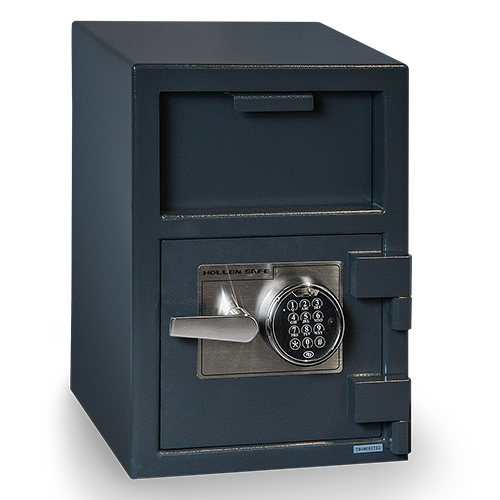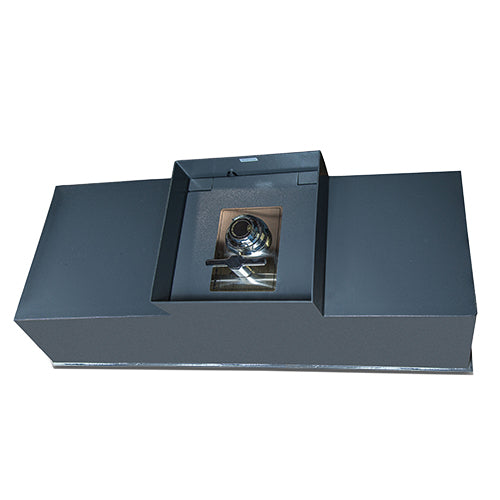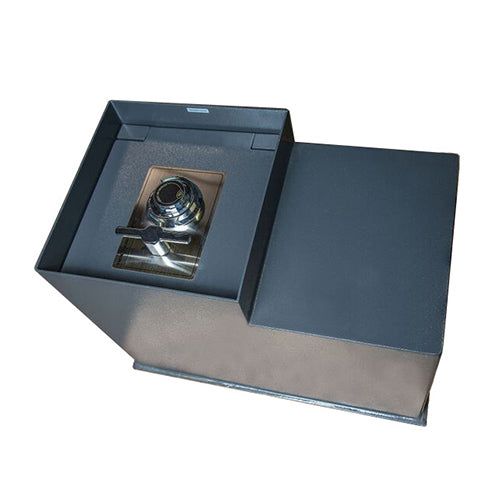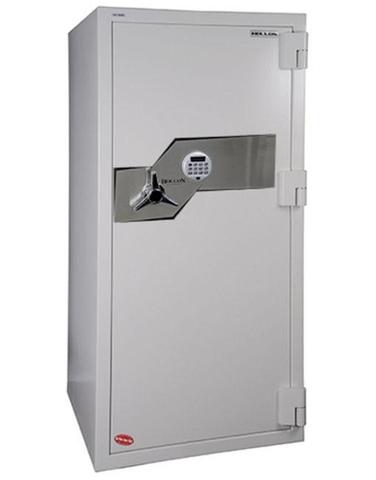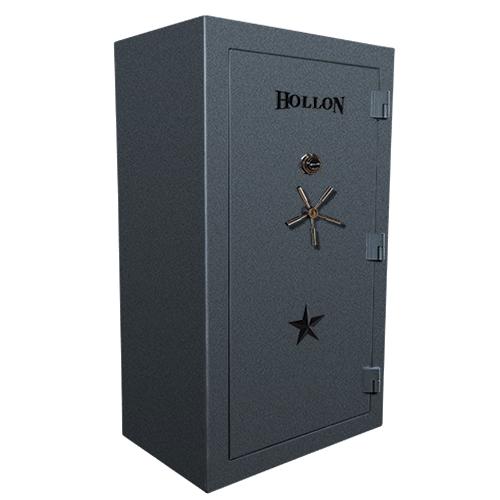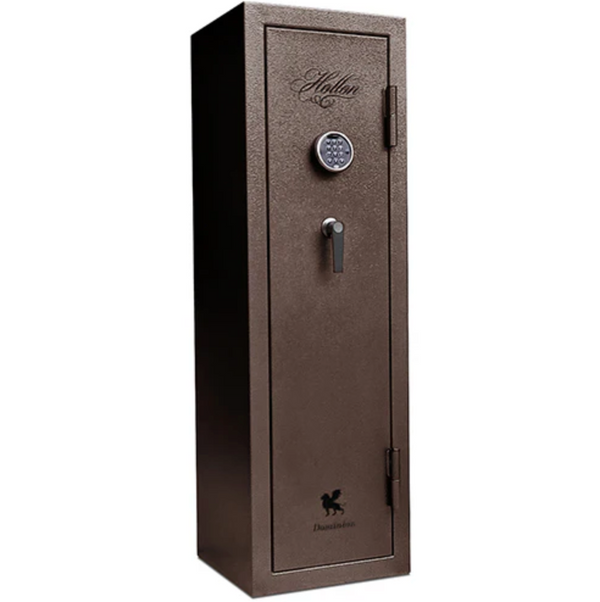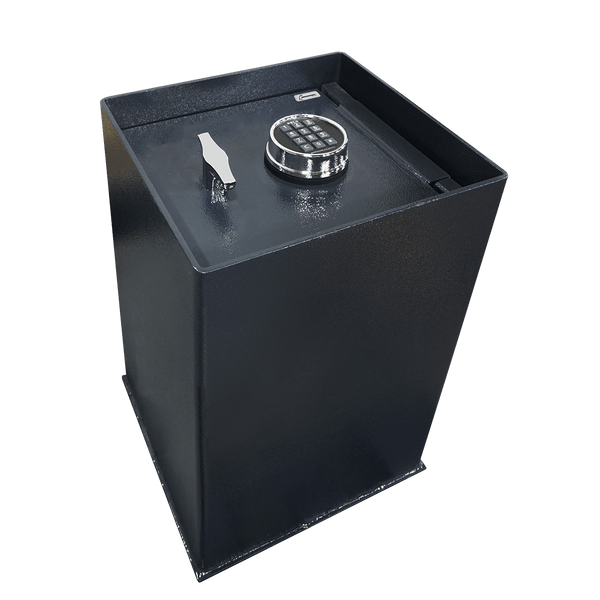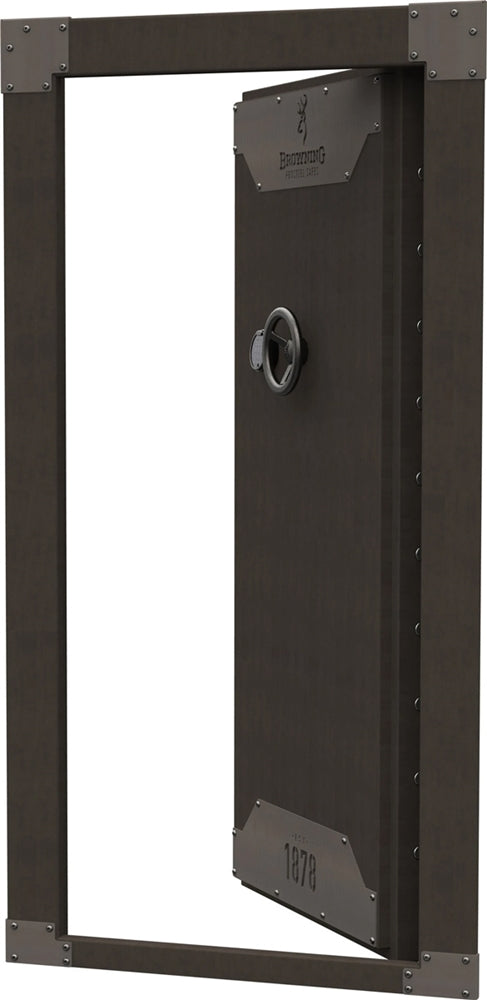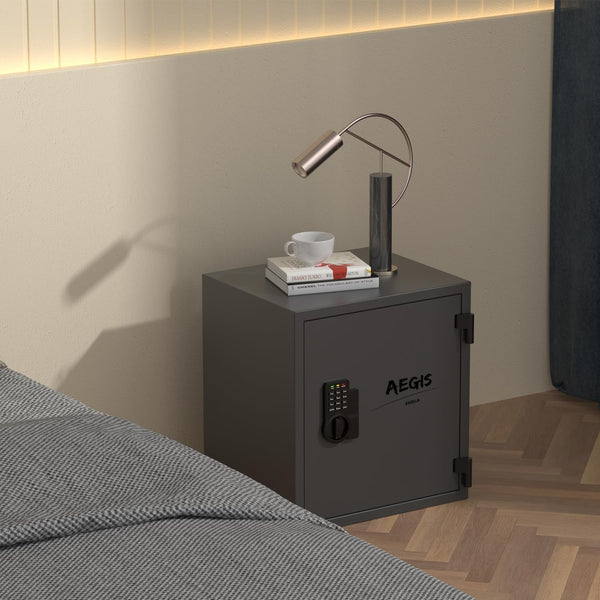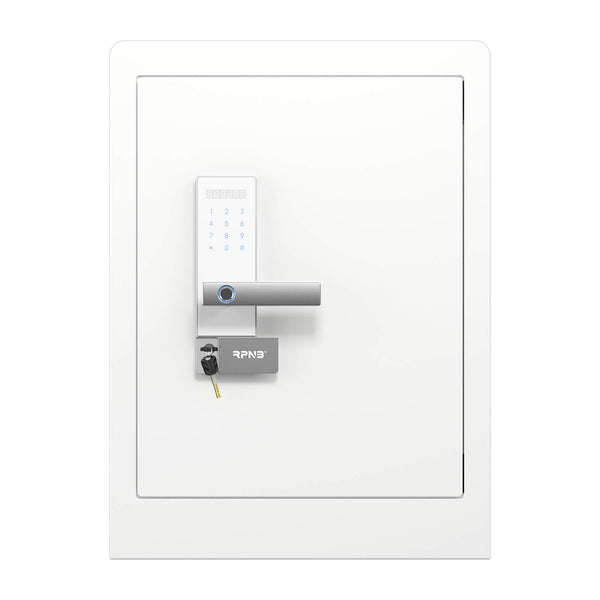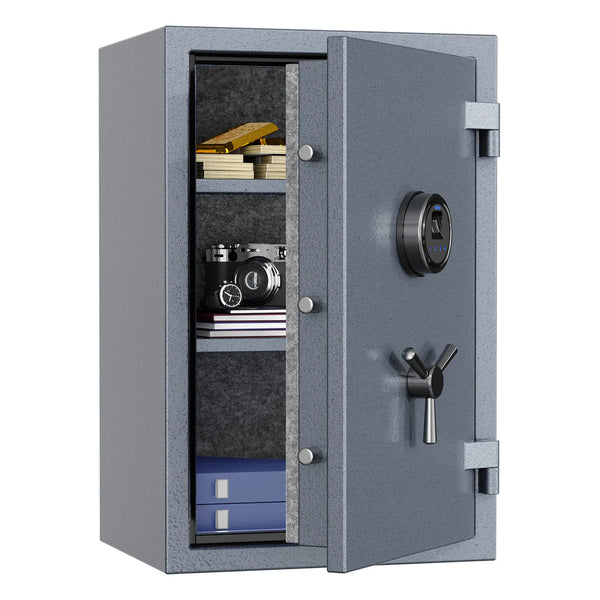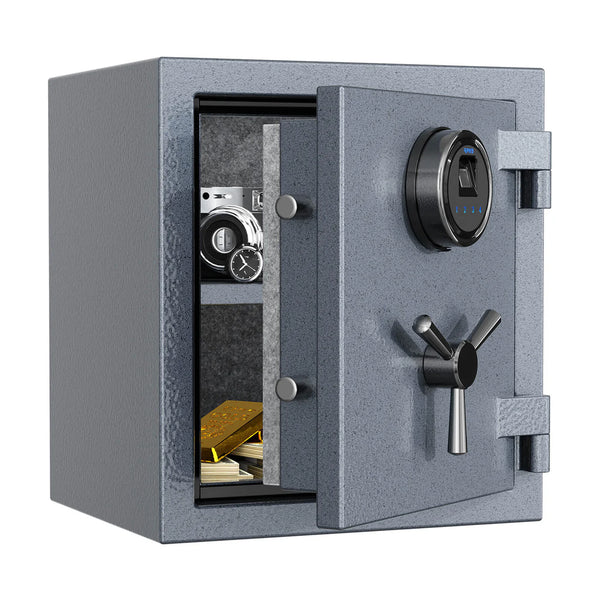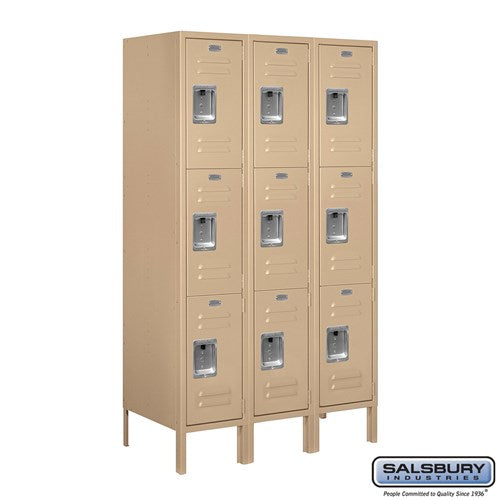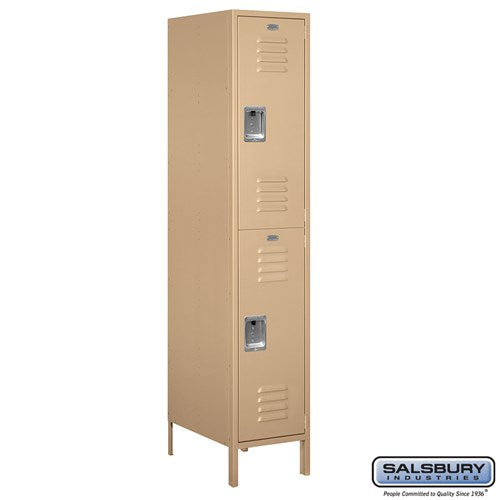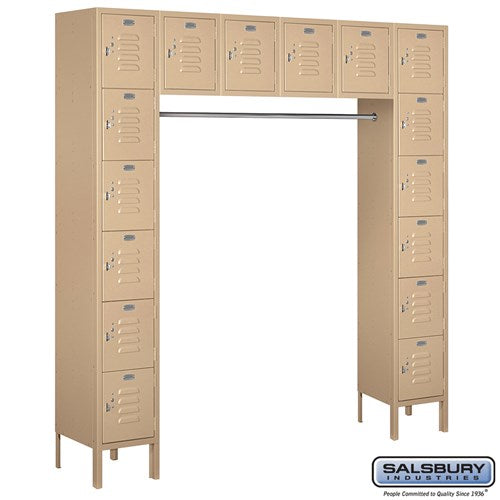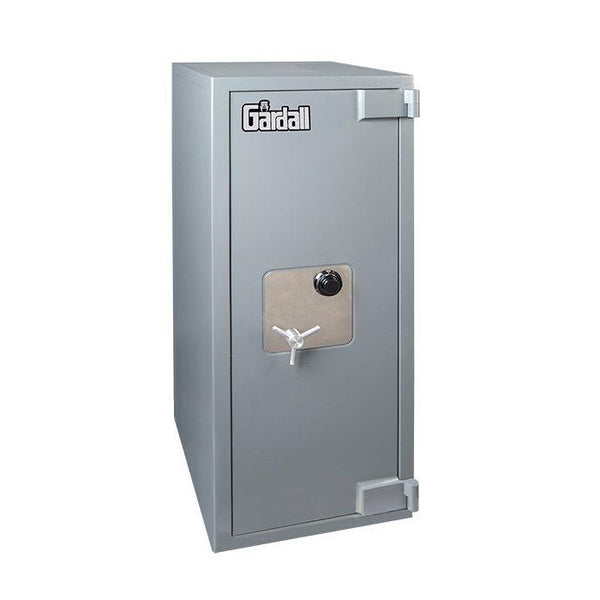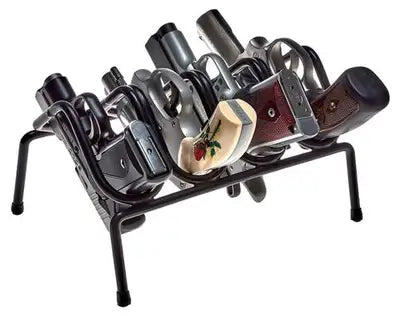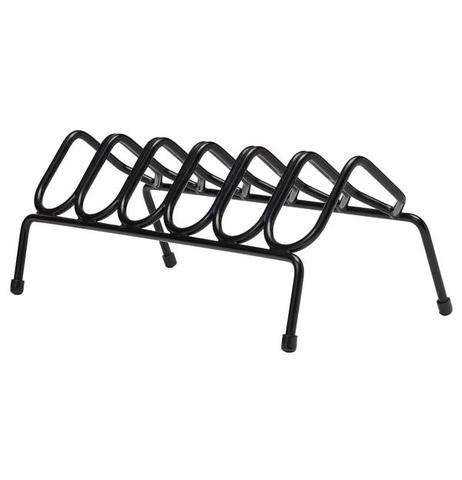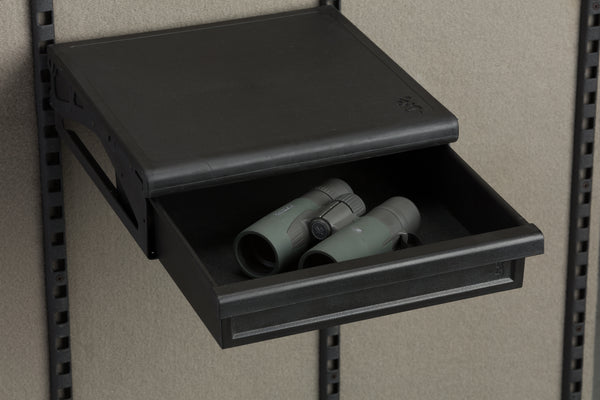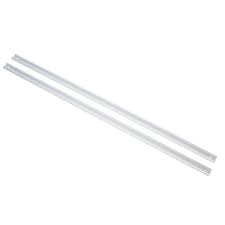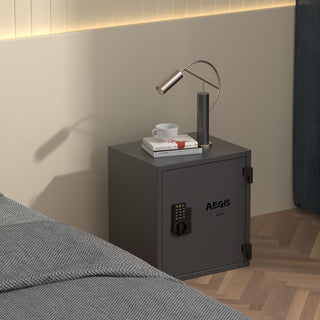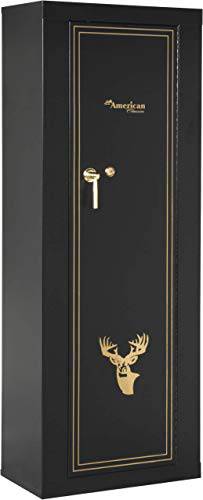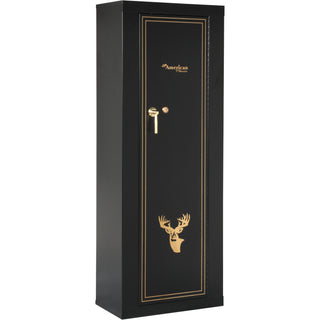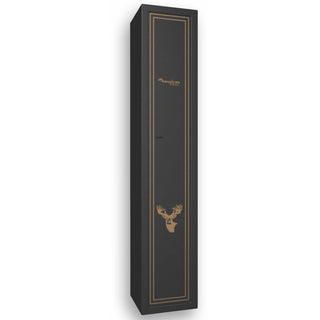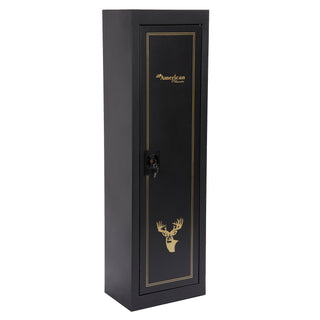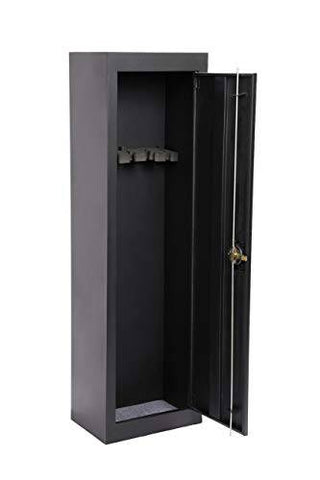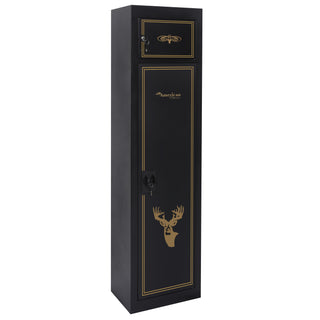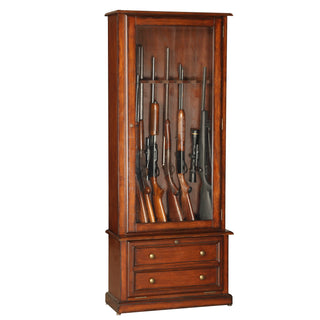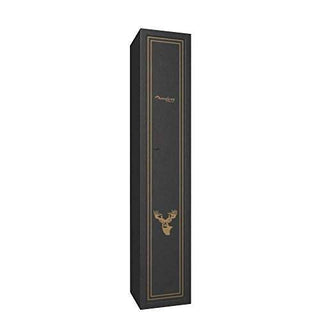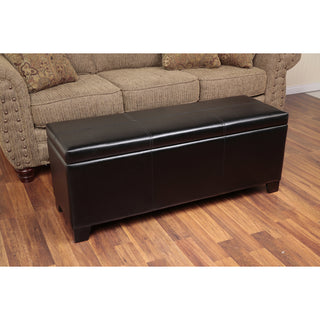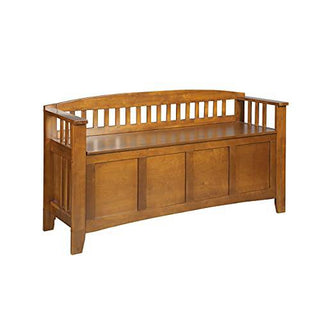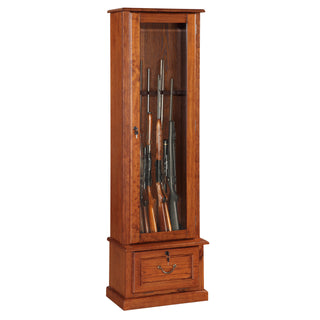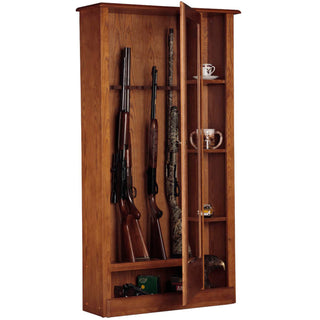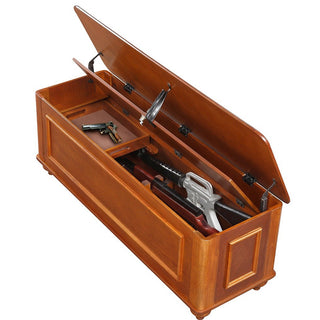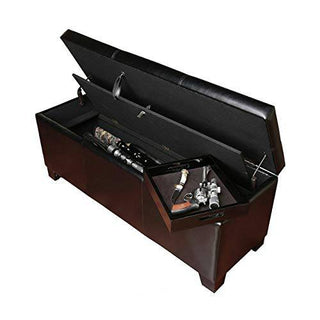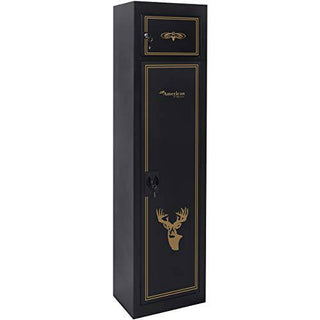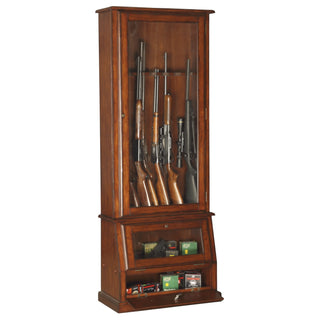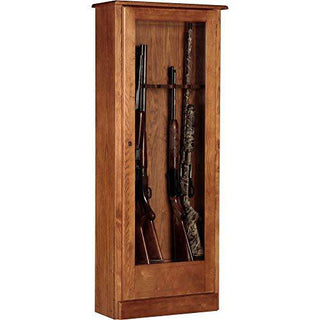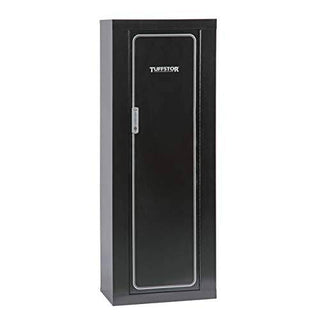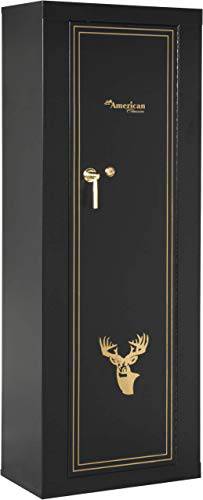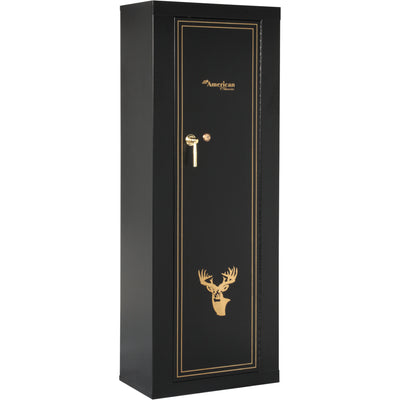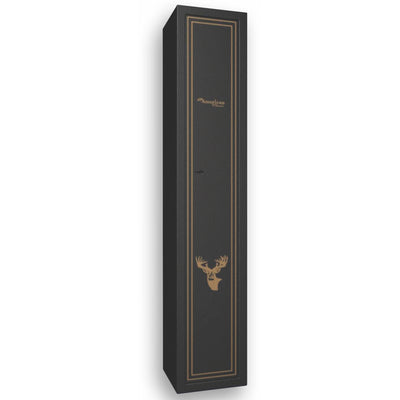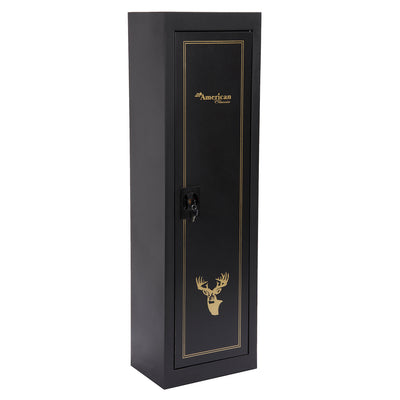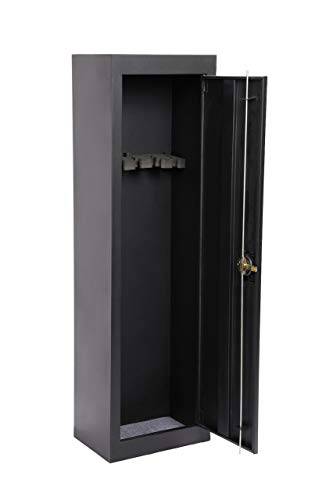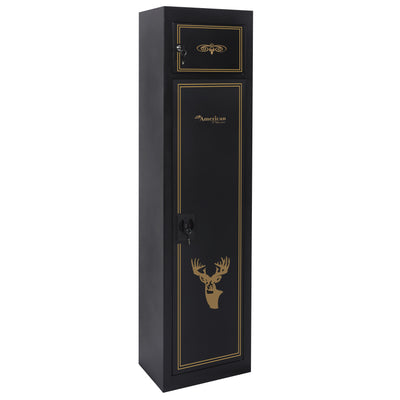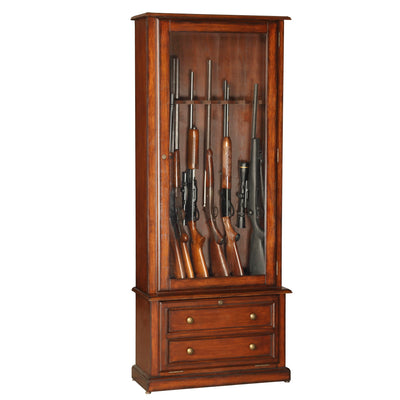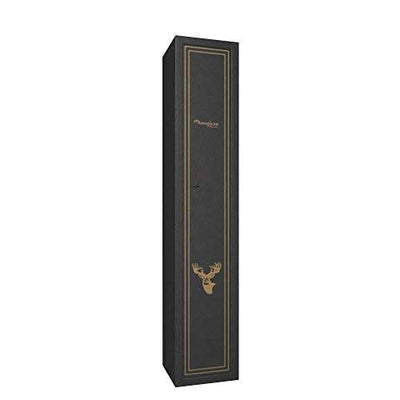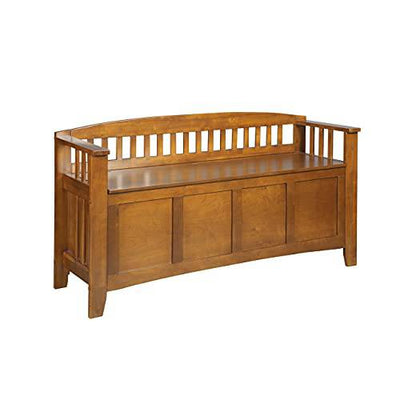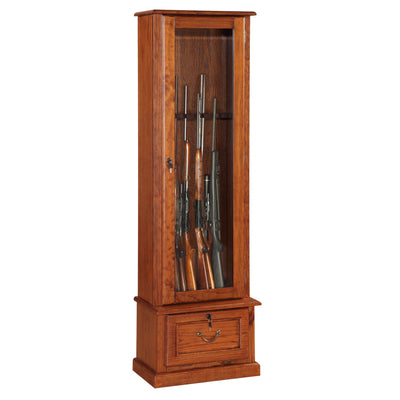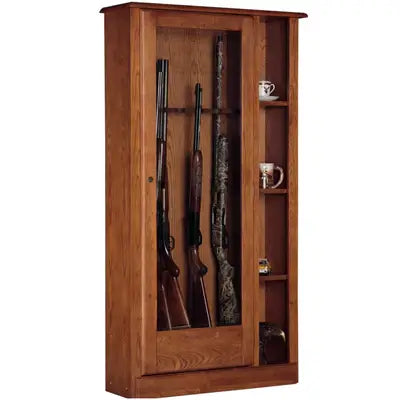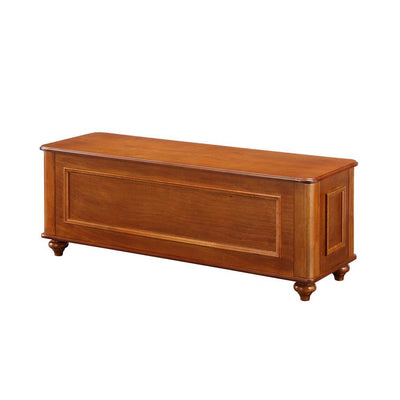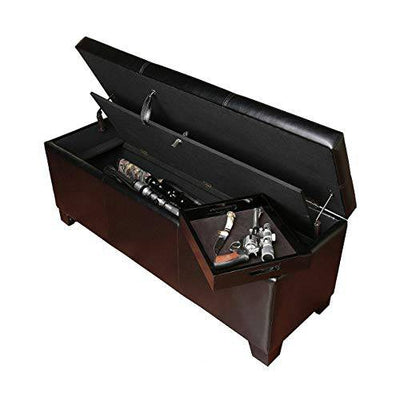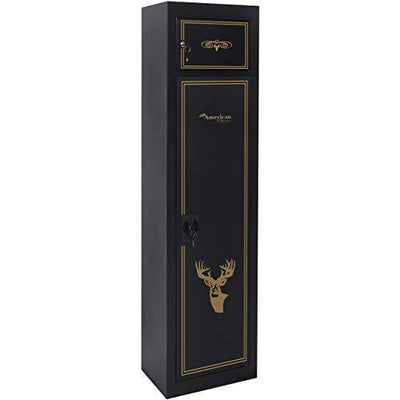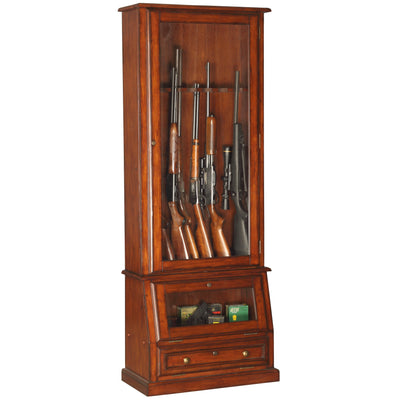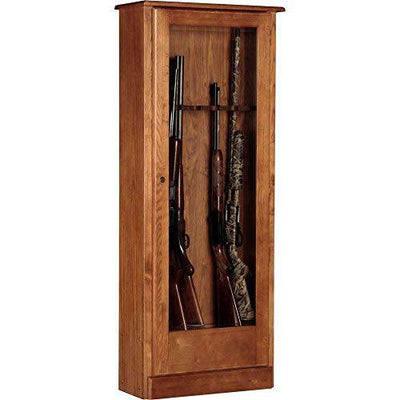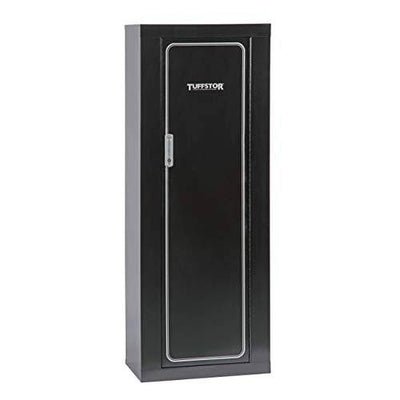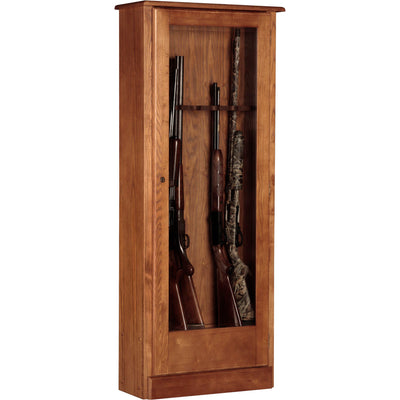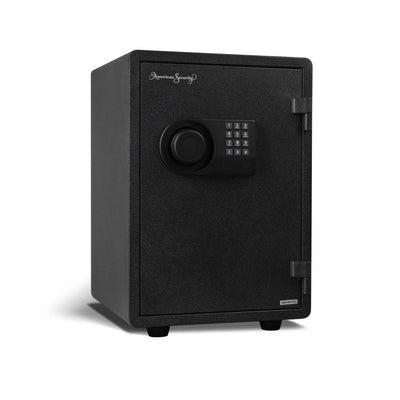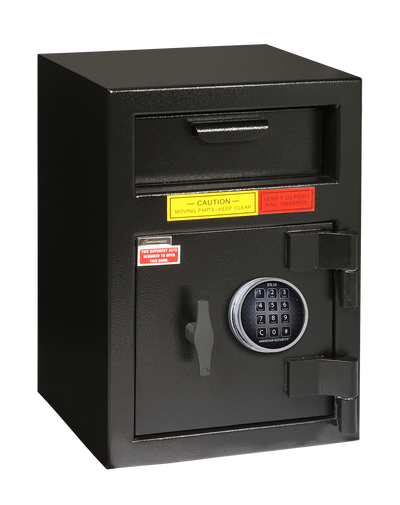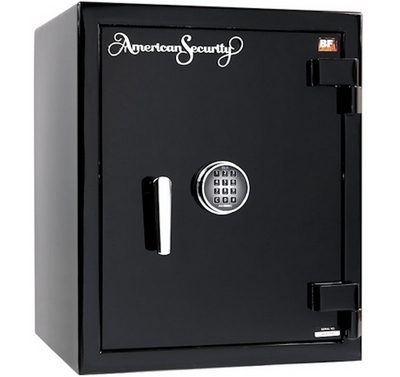
*This post contains affiliate links to products. We may receive a commission for purchases made through these links, but it never influences our product selection process.
Table of Contents
- Can a Fireproof Safe Survive Wildfires?
- What Happens in Wildfires?
- Reasons why a Fireproof Safe may not survive wildfires
- What Wildfire Survivors Have to Say
- FAQS | What readers want to know
- Conclusion
When I invest in a fireproof safe, I expect it will protect my precious treasures if there is a fire. Not an unreasonable demand, in my mind. But what if the so-called fireproof safe does not do its job in the heat of battle (no pun intended)?
Am I being lulled into a false sense of security by investing in such a safe? It would be tragic if I evacuated under threat of fire, assuming that my precious belongings were safe, when, in fact, I would have been better off taking some of those things with me.
We gathered some actual stories of regular folks who were happy they got a safe that gave them some solace amid tragedy. Continue reading to understand the effectiveness of a safe under the harshest circumstances presented by a wildfire. Discover the essential steps to ensure you don't lose everything, as not all safes are created equal when it comes to safeguarding your valuables in a wildfire.
Can a Fireproof Safe Survive Wildfires?
Yes. Fireproof safes can endure wildfires, provided they are not exposed to temperatures and durations exceeding their specified ratings.
To guarantee a fireproof safe's survival in a wildfire, it should be rated for the expected fire duration and temperatures typical of a wildfire.
When a fireproof safe is designated for valuables, it should be both waterproof and fireproof up to 1700 °F (a temperature that wildfires can achieve) and fitted with metal or ceramic fusibles that won't melt above 1700°F.
Wildfires are unpredictable; Fireproof ratings are not. For wildfire safety, don't guess or hope that a fireproof safe will survive a wildfire - choose one that is correctly rated.
What Happens in Wildfires?
From condos to humble homes in wildfire-prone areas, the result is unfortunately consistent: almost everything inside starts to ignite when wildfires make their move.
This includes items we might believe would withstand the flames, such as houses, cars, and even fire hydrants. Yet, one item that stands a fighting chance is a well-built safe. Constructed typically from thick steel, safes are designed to bear significant pressure and extreme heat. Fireproof safes, in particular, are promoted as capable of shielding crucial documents from even the most severe conditions.
However, the truth is that while some fireproof safes truly live up to their name, many fall short. Just because a safe is labeled as 'fireproof' doesn't guarantee its survival in a fire. If you're looking to gauge a safe's resilience in a fire, consider its fire ratings and what you plan to store inside. To ensure your safety is up to the task, verifying its fire rating is crucial.
Below, we delve into some factors you should consider when selecting a fire-resistant safe designed to endure a fire.
-
A high-quality fire-safe – First and foremost, consider what you plan to store in the safe to determine the appropriate size. Aim to protect your documents from fire, water, and potential burglars.
-
Fire rating – Investing in a safe with a minimum 1-hour fire rating for 1,750 degrees Fahrenheit is highly recommended. If that's beyond your budget, aim for the longest fire-rated safe you can afford. Furthermore, make sure that the safe has been independently certified and doesn't rely solely on the label.
-
Seal protection – While some safes may lack this feature, a seal is crucial as it safeguards your valuables from rust, moisture, fire, and heat. A seal like the Palusol Fire Seal offers an additional layer of protection as it expands at high temperatures to seal the safe's door tightly.
Reasons why a Fireproof Safe may not survive wildfires
The safe’s materials cannot stand the fire
The type of material used in the construction of a safe can influence its ability to withstand fires. For example, a safe constructed from a simple metal plate may not provide much protection in a wildfire scenario. While such a safe might be sufficient for storing paper documents or collections, it's not designed to survive in a fire.
Inadequate fire ratings
Fire ratings define the amount of time the safe can survive in certain temperatures. The longer it can stand from heat and fire, the safer it is to protect your valuables. If your safe’s extended time is beyond fire ratings, it means that you can expect your valuables to remain safe when a fire occurs. Fire ratings begin at 30 minutes and are able to reach 120 minutes or higher.
Items stored in the safe
The survival capability of a safe in a fire can also be influenced by the types of items stored inside it. Documents and jewelry can typically withstand external heat, but digital data, such as flash drives and optical media, are more sensitive to high temperatures, even when secured inside a fire safe. While paper can endure up to 230°C (446°F), digital data can only survive in temperatures ranging from 50°C to 80°C (122°F to 176°F).
What Wildfire Survivors Have to Say
The Gun Safe that Made It:
This is the story of a Liberty Safe owner who, despite losing almost everything to a wildfire, managed to save valuable and sentimental items stored in his safe.
Among the survivors were guns, pictures, important documents, jewelry, and even his children's cherished Elf on the Shelf. 'Paper survived, photo books of the kids, my wife’s grandmother’s wedding ring was intact...' Luke recalls. 'Many of the special items we had as a family were recoverable.'
In contrast, his neighbor wasn't as fortunate. Despite owning a safe, it wasn't a Liberty Safe, and it failed to protect his valuables in the same fire.
The takeaway? Brand matters, and not all safes with similar ratings are equally robust. Trust in a brand with proven protection against wildfires.
The File Cabinet that survived:
This is the story of how one resident of the devastating California wildfires of 2017, lost everything he owned (as did the rest of his neighbors) except for a fire-rated filing cabinet from Fireking.
Some of the things in the filing cabinet survived: important documents like birth certificates, insurance records, mortgage papers, titles to cars, social security cards, important business documents, cash, and several other valuables.
The Takeaway? The filing cabinet needed to be rated not only for the temperature and duration of the fire but also for the impact of a collapsing house. This means that a high fire rating alone isn't sufficient: the cabinet must also be robustly constructed on all six sides to withstand intense impact.
FAQS | What readers want to know
How long does a fireproof safe last in a fire?
Most household fireproof safes are rated to last 30 minutes at 1,550 °F. This is a common certification from both UL and ETL. The next level up is 60 minutes at 1,700 °F, offering greater security.
Is a fireproof safe really fireproof?
The short answer is yes! A fireproof safe is designed to give you time to escape in an emergency. But the amount of time a fireproof safe offers depends on the fireproof rating or certifications it carries. These specifications are usually listed as an Underwriter's Laboratories (UL) rating. UL has six ratings for fire protection safes.
What makes a fireproof safe fireproof?
Fireproof safes are built with two walls of metal. The walls are filled with fire-resistant materials like mineral wool, calcium or sodium silicate, perlite, vermiculite, or fire-protected concrete. The door is further protected by a fire seal that expands in case of a fire. It also protects against heat and water.
Conclusion
We cannot just rely on a fireproof label to know if a safe can stand in wildfires. However, it should have adequate fire ratings, be made from fire-resistant material, and contain items that can survive in high temperatures to make sure everything remains safe when a fire happens.









